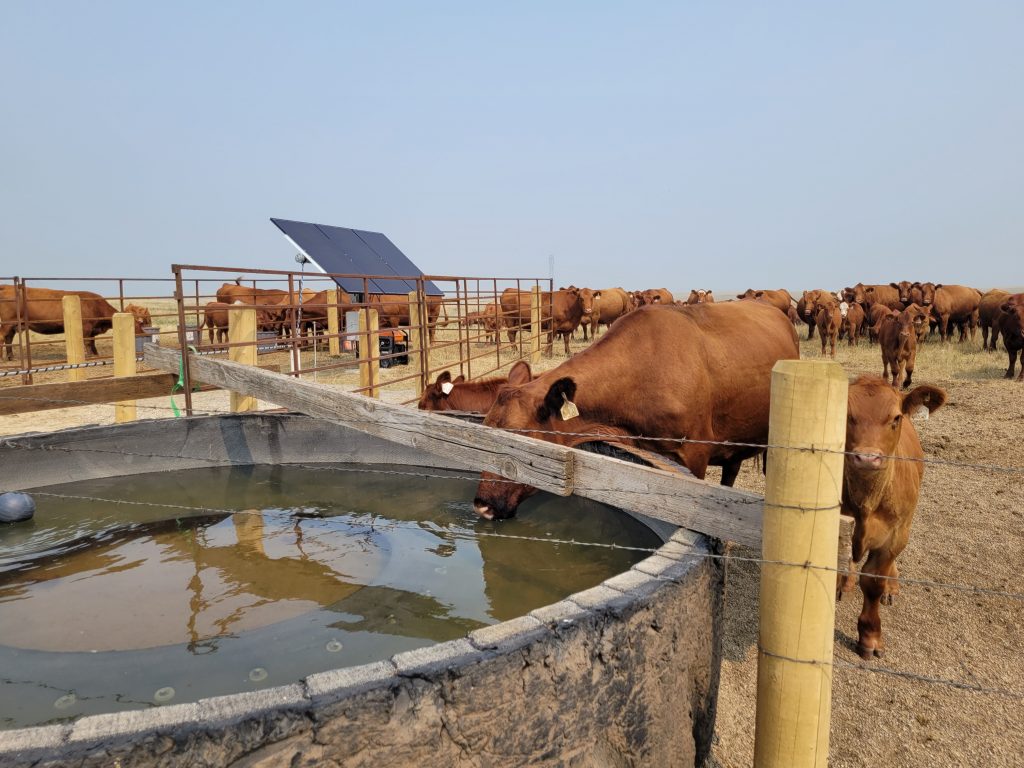New Ranching Practices Help Conserve Critical Water Habitat
Averting livestock from important habitats is becoming an increasingly common practice.
Sometimes making a slight change in the right direction can make all the difference. This is precisely the case with a water conservation project on the Missouri River in southern North Dakota.
The NWTF and multiple partners recently helped a private rancher restore habitat on the Beaver Creek, a tributary of the Missouri River, to enhance overall ecosystem health. Additional partners include North Dakota Game and Fish, North Dakota Trust Lands and North Dakota Natural Resources Trust.
“The private rancher has leased this 683-acre property from the NDDTL for the last 20 years and just signed another five-year lease,” said Clayton Lenk, NWTF district biologist for Minnesota, South Dakota, North Dakota and Wisconsin. “The livestock were using the creek as their primary water source, but this can affect the water quality, the surrounding areas and downstream over multiple decades.”
To prevent the cattle from accessing the area and ensure the cattle have a sustainable and consistent water source, the NWTF and partners constructed a fence around the creek, drilled a well and installed a solar pump.

Averting livestock from important habitats is becoming an increasingly common practice. Not too far away from this recent project, a property managed by NDGF and owned by the U.S Army Corps of Engineers used the same methods to divert livestock from a creek.
“The ecological benefits these projects provide are more than meets the eye,” Lenk said. “The water quality is increased by removing the livestock from the creek, reducing sediment sent downstream from hoof disturbance and removing waste from directly entering the water.”
Keeping the livestock from around the creek benefits everything downstream, from potential drinking water sources to fish and amphibian reproduction areas.
“Also, the vegetation that was once grazed to the water’s edge will now be able to fully grow and provide cover for wildlife,” Lenk said. “Aside from the visual protection, the root system of the vegetation grows deeper into the soil, making it less prone to erosion during flood events. The deeper root system also allows for better water infiltration into the soil, which helps alleviate water runoff events. The vegetation acts as a buffer and stops sediments from entering the stream and helps uptake excess nutrients that water runoff events may cause.”
Although the main focus is on water quality, the health of the entire area around the water and downstream will increase. The livestock fenced away from the riparian areas allows the previously grazed vegetation to grow to its fullest potential, creating cover and brood-rearing habitat for wild turkeys and many other wildlife species.
